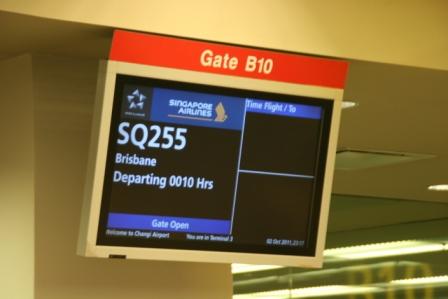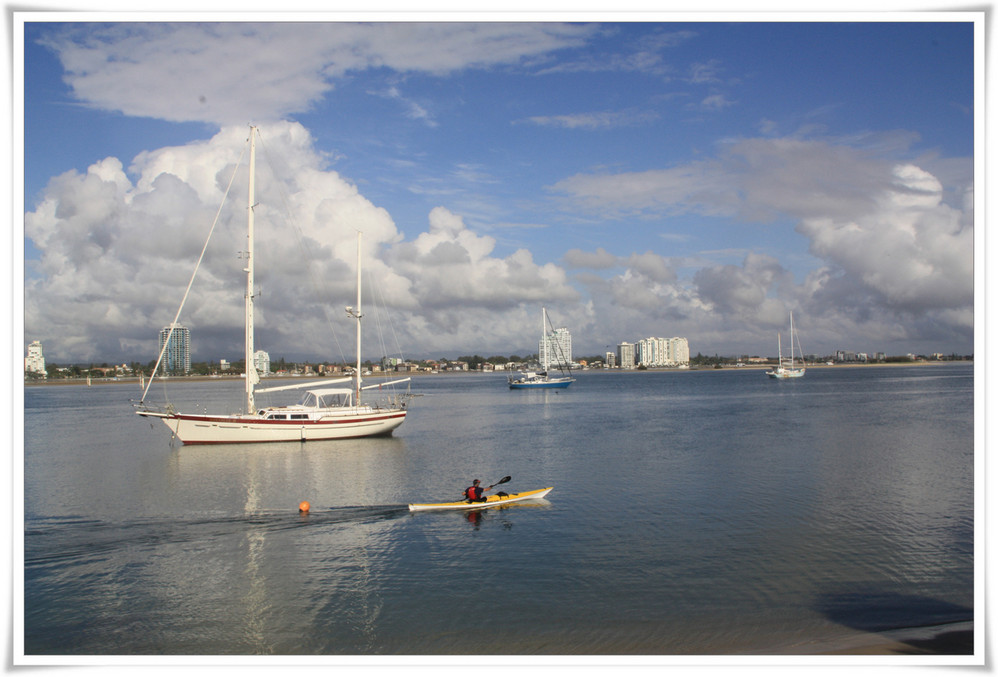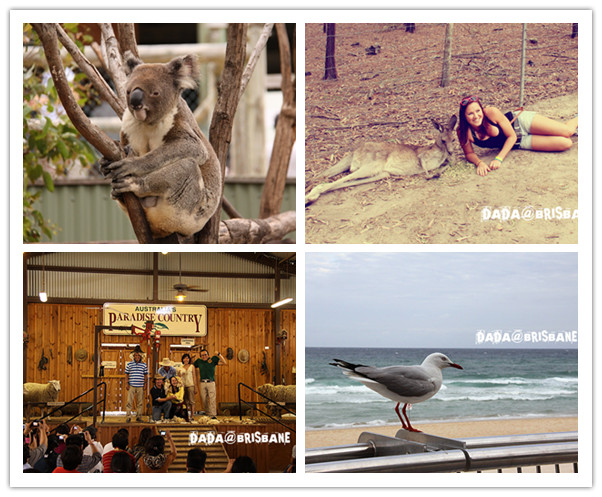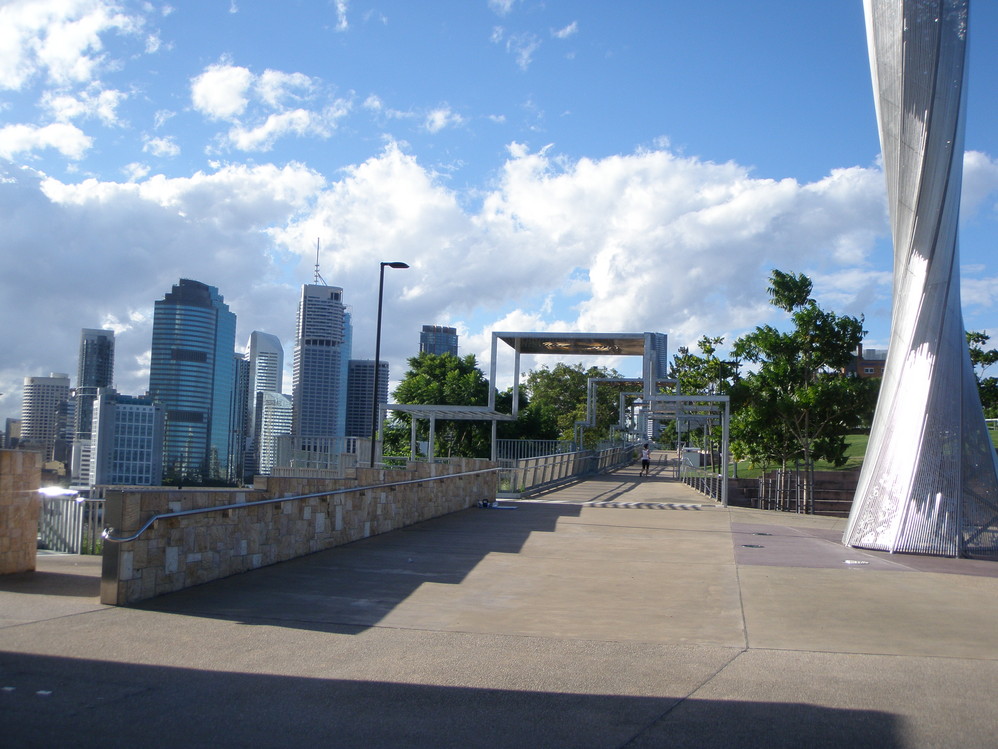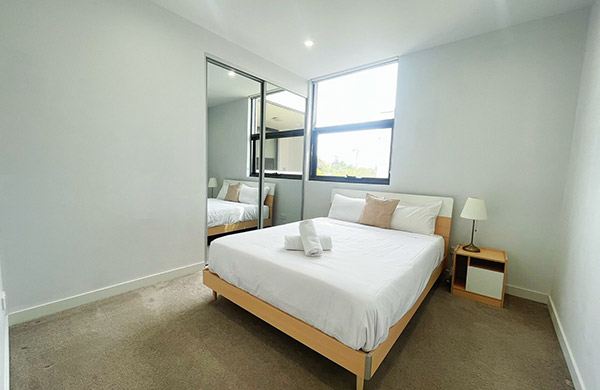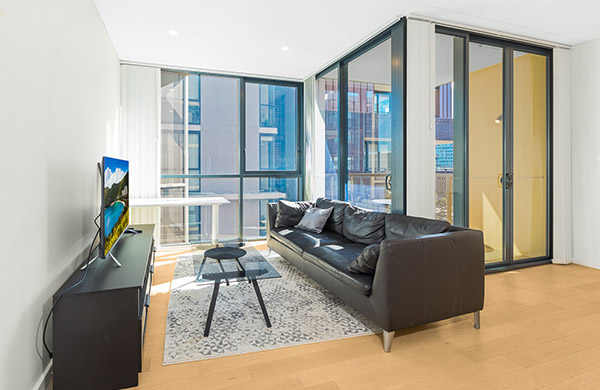Travel Guides and Stories
The Fading Camel Bells of Australia's Interior
Don't assume camels are found only in Middle Eastern deserts. In Australia's vast Red Center, before railways and highways were built, camel trains were the main mode of transportation, using relatives of Middle Eastern camels. Back then, the gentle sound of camel bells echoed across the silent outback, signaling human activity. Today, those camel trains are gone, leaving only fragments of memories.
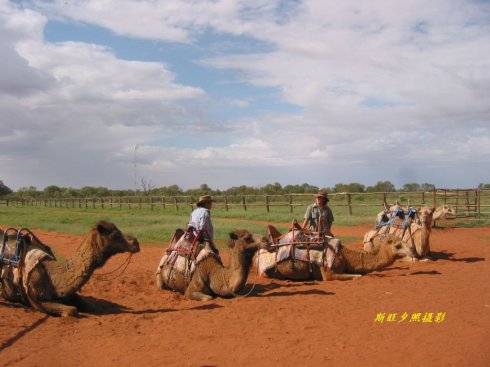
These are tourist camels - while the camels might seem lackadaisical, their handlers are quite energetic. In the Red Center, camel riding tours to watch sunrise and sunset over the red earth is a signature activity. They even have an annual Camel Cup race here. Unfortunately, I visited at the wrong time and could only experience a simple camel ride.

The penned camels gaze wistfully at the outback where they once roamed freely, their spirits still undiminished despite their age. The Australian continent once lacked domesticated animals and consequently transport capacity. Around 1840, the first camels were imported from Afghanistan to aid in developing Australia's interior. Large camel trains quietly and diligently carried out extensive transportation work across the dry, desolate red earth. Until the 1950s, camel trains remained the primary means of transport in Australia's interior. With the completion of highways and railways connecting the interior, many camels became redundant.
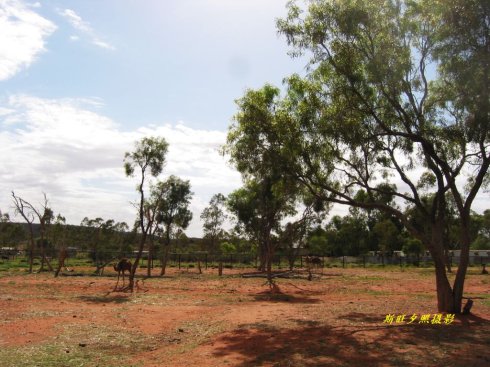
These retired camels were released into the wild by their once-loving owners, keeping only a small number for outback tourism activities. The camels silently accepted this arrangement, without severance pay or contract compensation. Half a century later, they quietly roam the sparsely populated outback, gradually returning to their wild nature, becoming Australia's feral camels.

At the start of the 21st century, Australia's feral camels again caught public attention. Due to years of drought in Australia, thirsty camels began invading outback settlements, competing with humans for water sources. It's estimated that there are now about one million feral camels in Australia, and with no natural predators, their numbers continue to increase, posing a serious threat to the fragile ecosystem of Australia's interior.

This is an Indigenous settlement in the Red Center, standing alone on the red plain. The red ground is a layer of lightly compacted loose soil - the climate here is so dry that the soil rarely solidifies. These settlements, located some distance from central towns, are the most affected by the feral camels.

When I visited the Red Center, it was late spring in the Southern Hemisphere. That year had good rainfall, and the land was still vibrantly green, providing food for the wild camels. However, Australians were already discussing the ecological risks posed by the camel population. Last year, Australian authorities began promoting camel meat consumption to reduce their numbers. Some scholars argued that camels, being large animals, consume precious water resources and vast amounts of vegetation, so people should be encouraged to eat camel meat to reduce their density to one per 10 square kilometers.
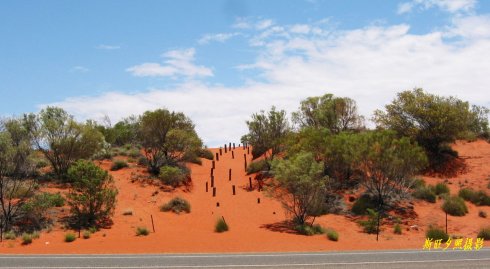
This is the old mail route beside the highway, where camels once transported supplies to the Red Center. Listening to the story of Australia's camels today reminds me of the Chinese saying about "killing the hunting dog after catching the hare" - a story of ingratitude. Although scholars and agricultural officials can provide plenty of data to justify reducing camel numbers, emotionally, it feels that in such a place where all creatures compete freely under heaven, camel rights should be as important as human rights.
Of course, my Australian friends would argue about different national conditions. Then I would ask in return: when you criticize China's sustainable development situation, do you consider China's national conditions?
Fortunately, Australia is a continent rich in meat options, and not many people are keen on eating camel meat. I heard they're now trying to send the camels back to the Middle East, which sounds like a better solution to me.
However, the uncontrolled growth of introduced animal and plant species in Australia is not uncommon. While in our country, we often discuss how rapid economic development leads to accelerated species loss, in Australia, they need to control the overly rapid growth of certain animal species. This shows that achieving harmony between humans and nature remains a long and challenging journey.
LIMITED TIME OFFERS
Related Apartments
Premium accommodations at exceptional prices.
Elevate your travel experience with our carefully curated holiday deals.
 First Avenue, Eastwood NSW, Australia
First Avenue, Eastwood NSW, Australia $180 - $300
-
2 Bedrooms
-
2 Baths
-
2 Guests
 Wycombe Rd, Neutral Bay NSW, Australia
Wycombe Rd, Neutral Bay NSW, Australia $170 - $250
-
2 Bedrooms
-
2 Baths
-
2 Guests
 Wellington Street, Waterloo NSW, Australia
Wellington Street, Waterloo NSW, Australia $140 - $200
-
1 Bedrooms
-
1 Baths
-
1 Guests
 Queen Street, Beaconsfield NSW 2015, Australia
Queen Street, Beaconsfield NSW 2015, Australia $180 - $280
-
2 Bedrooms
-
2 Baths
-
2 Guests

